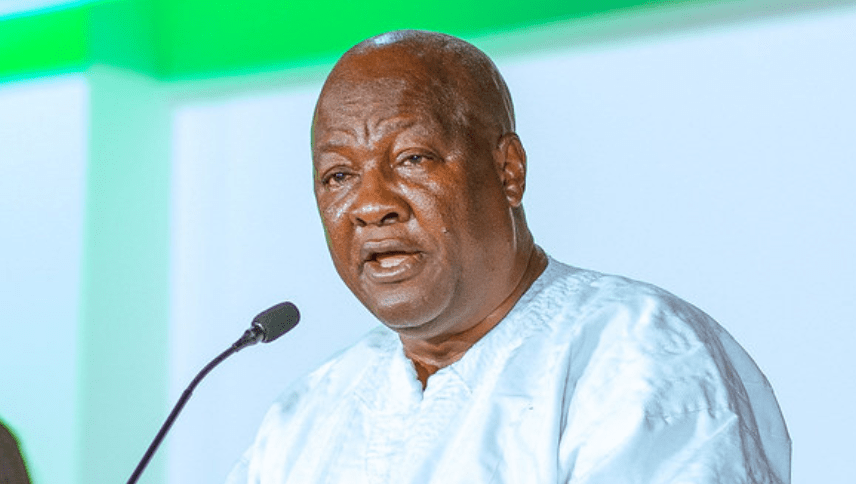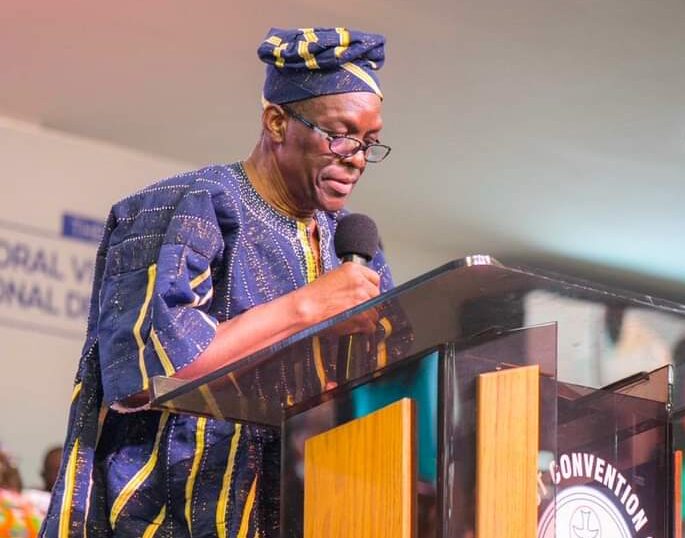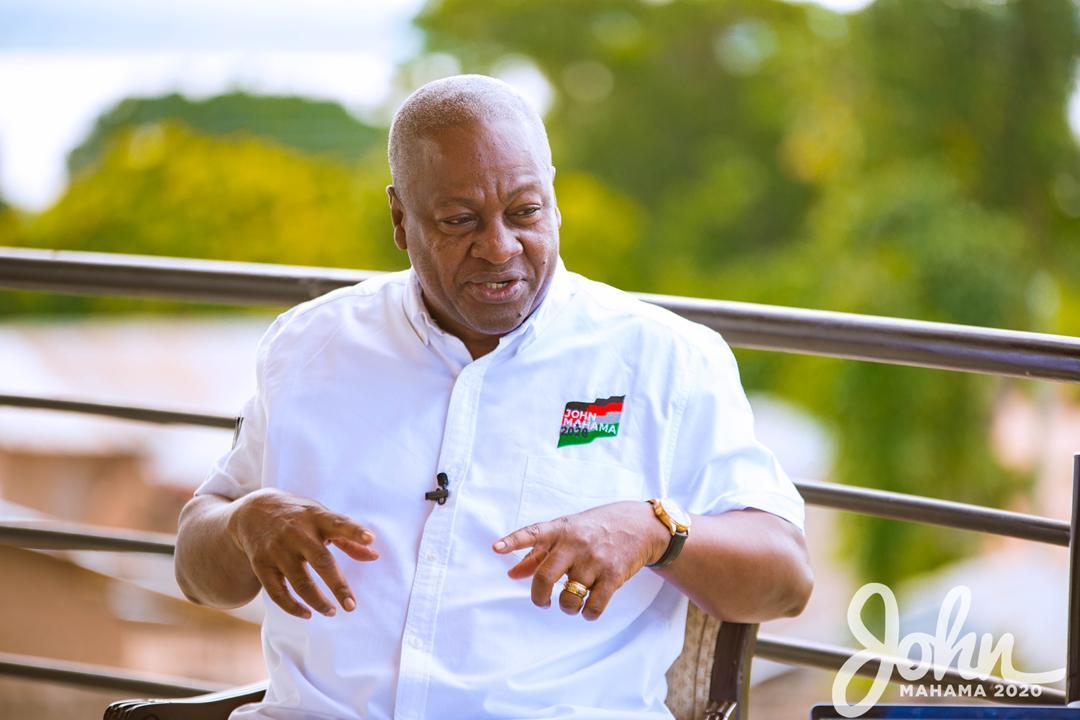
Policy Analysis by CERPA
- Background
Ghana’s energy sector has long faced significant challenges that threaten its efficiency, reliability, and long-term sustainability. A major issue confronting the sector is its accumulation of substantial debt, commonly referred to as legacy debt. These debts represent substantial unpaid obligations that have built up over time across various institutions within the sector.
The origins of Ghana’s legacy debt can be traced to the early 2000s, a period marked by rapid electrification and urbanisation. The consequences of this growing debt burden are evident in persistent issues such as intermittent power supply popularly known as ‘dumsor’. Over the years, successive governments have attempted to address the problem. Notably, the Energy Sector Levies Act (ESLA) was introduced in 2015, followed by the establishment of ESLA Plc in 2017, both aimed at restructuring and clearing the sector’s debts.
The most recent intervention is an amendment to the original ESLA. On Tuesday, June 3, 2025, Parliament passed the Energy Sector Levy (Amendment) Bill under a certificate of urgency. The bill was passed amid opposition from the minority in Parliament, who subsequently staged a walkout in protest.
The amendment introduces a GH¢1 levy on every litre of petroleum product sold in the country. According to the Minister for Finance, Dr. Cassiel Ato Forson, the levy is expected to generate an additional GH¢5.7 billion. These funds are earmarked to help reduce the country’s growing energy sector debt and to support efforts aimed at ensuring a stable and reliable power supply.
The objective of this policy paper is to examine how feasible the newly introduced energy sector levy is in managing legacy debt, along with its potential effects on the cost of living and the general living standards of the people in Ghana.
- Evolution of Energy Sector Debt
Over the years, several structural, policy, and operational factors have contributed to the accumulation of the energy sector debt. A closer examination of these underlying causes provides critical context for assessing recent government interventions.
- Government Subsidies
A key driver of energy sector debt is the long-standing practice of subsidising electricity as part of broader social intervention programmes. While well-intentioned, these subsidies have consistently fallen short of covering the full cost of electricity generation and distribution. Compounding the problem, government payments for these subsidies are often delayed, leaving utilities with significant revenue shortfalls that accumulate as debt over time.
- Capacity Charges and Take-or-Pay Contracts
The issue of capacity charges became particularly pronounced during Ghana’s power crisis between 2012 and 2016. In an effort to urgently address electricity shortages, the government entered into power purchase agreements (PPAs) with several Independent Power Producers (IPPs).
Many of these contracts were signed on a “take-or-pay” basis, obligating the government to pay for a fixed amount of power regardless of whether or not it was consumed. These contracts have imposed substantial financial burdens on the state. Despite attempts to renegotiate some of them, the Africa Centre for Energy Policy (ACEP) estimates that, as of 2024, Ghana owed IPPs approximately US$1.2 billion.
- Operational Inefficiencies
Operational inefficiencies within key institutions, particularly the Electricity Company of Ghana (ECG) also play a significant role in the debt problem. ECG’s revenue collection rate is estimated at only 62% of the electricity it distributes, leaving a revenue gap of roughly 38%. Illegal connections and meter tampering are major contributors, accounting for 20–25% of ECG’s total distribution losses.
Furthermore, weak financial management practices have exacerbated these inefficiencies. At one point, ECG operated nearly 70 separate bank accounts, complicating financial oversight and accountability. Procurement processes are often opaque and lack competitive bidding, leading to inflated costs and substandard infrastructure and services.
- Exchange Rate Losses
Ghana’s volatile macroeconomic environment, particularly the depreciation of the Ghanaian cedi, has also deepened the legacy debt. ECG earns the majority of its revenue in cedis, yet many of its obligations such as payments to power producers and the purchase of equipment are denominated in U.S. dollars.
This currency mismatch exposes the utility to substantial exchange rate losses. According to ECG’s 2023 financial report, out of over GH10 billion in total losses, approximately GH¢8.3 billion were attributed to exchange rate fluctuations alone.
- Previous Attempts at Debt Resolution
The most comprehensive and significant attempt to address Ghana’s energy sector legacy debt was the enactment of the Energy Sector Levies Act (ESLA), 2015 (Act 899). Passed nearly a decade ago, the Act was designed to consolidate a range of taxes and levies into a single framework to facilitate the efficient mobilisation and use of funds for clearing the sector’s mounting debts.
The ESLA was intended not only to service legacy debts and other critical liabilities in the energy sector but also to provide a stable funding source for long-term investments and infrastructure development.
- Components of ESLA
The levies under ESLA are primarily applied to the sale of petroleum products such as petrol, diesel, liquefied petroleum gas (LPG), and kerosene as well as electricity. Revenue from these levies are collected by key sector agencies, including the Ghana Revenue Authority (GRA), National Petroleum Authority (NPA), Electricity Company of Ghana (ECG), Northern Electricity Distribution Company (NEDCO), and Volta River Authority (VRA).
There are two principal levies under ESLA:
- Energy Debt Recovery Levy (EDRL): dedicated to servicing legacy debts within the energy sector.
- Price Stabilisation and Recovery Levy (PSRL): aimed at stabilising fuel prices and mitigating the impact of global price fluctuations on consumers.
Proceeds from the levies are deposited into designated government accounts. For the EDRL, 32% of the funds are allocated to the Energy Debt Service Account (EDSA), while the remaining 68% goes into the Power Generation and Infrastructure Support Account (PGISA). The latter also receives portions of other levies earmarked for rural electrification and street lighting projects.
- Challenges and Shortcomings
Despite substantial revenue mobilisation under ESLA, the initiative has fallen short of its core objective of effectively resolving the legacy debt problem. Several key issues such as securitisation, misapplication and other systemic inefficiencies have undermined its impact. These factors have ultimately contributed to the continued rise of the energy sector debt, which now stands at US$3.1 billion as of March 2025.
- The New Energy Sector Levy
The Energy Sector Levies (Amendment) Bill, 2025, proposes a GH¢1 levy on every litre of petroleum product to raise additional revenue toward settling the country’s $3.1 billion energy sector debt. The amendment also formalises the recent upward adjustment in the Energy Sector Shortfall and Debt Repayment Levy.
According to the memorandum submitted by the Minister of Finance to Parliament, the government aims to accomplish certain goals through this legislative amendment:
- raise additional revenue to pay off the legacy debt
- ensure the financial sustainability of the sector
- establish a dedicated source of funding for the procurement of liquid fuel for power generation
With the GH¢1 increase per litre, the government estimates that, all things being equal, the levy will generate approximately GH¢5.7 billion annually.
- Analysis of the Levy’s Fiscal Potential
While the introduction of the GH¢1 energy sector levy is a step toward addressing the energy sector debt, its implementation alone will not be sufficient to fully resolve the issue or satisfy all stakeholders by the end of December 2026. Additional strategies will be required.
The total amount expected to accrue from the levy by December 2026 is projected to be approximately GH¢9.0 billion, assuming all conditions remain constant. However, this amount falls significantly short of the total energy sector debt, which currently stands at US$3.1 billion, equivalent to about GH¢38 billion, based on the exchange rate as of 10th June 2025.
While generating GH¢5.7 billion annually through the levy represents a commendable step toward addressing the energy sector’s financial challenges, it would take the government approximately seven years to clear the outstanding debt, assuming stable conditions.
Nevertheless, several risks could undermine the revenue potential of the levy. These include fluctuations in fuel consumption volumes, exchange rate volatility, and systemic inefficiencies such as poor governance, corruption, and waste. These factors could significantly erode the actual funds available for debt servicing if proper implementation strategies are not adopted.
- Impact on Livelihood
The introduction of the GH¢1 energy sector levy is expected to lead to an increase in fuel prices at the pumps, which will inevitably have a ripple effect on the broader economy. However, recent developments such as a significant drop in international oil prices and the appreciation of the Ghanaian cedi have contributed to a notable reduction in fuel prices. If these favourable conditions remain stable, the overall impact of the levy may be minimal in the short term.
Despite this, the levy has the potential to reverse the modest gains Ghanaians had begun to experience from the earlier price reductions. Lower fuel prices had resulted in reduced transport fares, setting off a positive chain reaction that led to declining prices across the market and a temporary easing of the cost of living.
With the implementation of the new levy and the resulting increase in fuel prices, these gains can gradually be eroded. The impact of the fuel levy is likely to vary across regions, with rural areas expected to be disproportionately affected due to their heavy reliance on transportation for the distribution of goods and services.
Elevated fuel costs in these areas could significantly increase the cost of living and doing business. The Ghana Private Road Transport Union (GPRTU) has strongly opposed the amendment, citing its negative impact on transport operations and has even threatened industrial action in response to the levy.
- Policy Options
The decision to maintain or revise the GH¢1 fuel levy presents a complex policy dilemma, with compelling arguments on both sides. On one hand, the GH¢1 levy per litre of petroleum products is designed to stabilise the energy sector by addressing revenue shortfalls and supporting debt repayment efforts. On the other hand, there are valid concerns about its regressive impact on consumers and the potential to worsen existing economic hardships, particularly for vulnerable populations.
While some trade groups have expressed support for the levy, others have raised concerns about the rate, which is widely perceived as excessive. It is the considered view of CERPA that the policy balances the need to rescue the energy sector with the economic burden this place on citizens. The GH¢1 charge amounting to about 8% per litre is relatively high.
To enhance fairness and public acceptance, the government should engage with key stakeholders to explore the possibility of adjusting the rate to a more equitable and economically sustainable level.
- Recommendation
CERPA proposes the following policy measures to mitigate the adverse effects of the energy sector levy while ensuring sustainable debt recovery and sector reform:
- Adopt a Moderate Fuel Levy Rate:
The government should consider maintaining a relatively low levy rate of about GH¢0.5 (approximately 4% per litre of petroleum products), to encourage broad compliance. A lower rate reduces the burden on consumers and businesses, allowing room for job creation, income generation, and ultimately, increased tax revenue.
- Strengthen Tax Collection Mechanisms:
An effective and transparent tax collection system should be instituted to reduce evasion and improve compliance. This includes training dedicated teams, digitizing processes, and enforcing penalties for non-compliance.
- Diversify Revenue Sources for Debt Repayment:
To enhance funding for the settlement of fuel-related debt, the government should explore alternative tax avenues such as a carbon tax, an alcohol tax, a public smoking tax, and penalties for illegal waste dumping.
- Convert Part of Legacy Debt into Equity:
The government could consider converting portions of the legacy debt owed to Independent Power Producers (IPPs) into equity stakes in state-owned utilities like ECG, VRA, and NEDCO. This would grant IPPs a role in governance and management, potentially improving operational efficiency and ensuring long-term viability.
- Implement Structural Reforms in the Energy Sector:
Comprehensive and far-reaching reforms are essential to prevent future debt accumulation. Priority areas include the deployment of efficient metering systems, robust revenue collection frameworks, and the adoption of performance-based contracts across the sector.
- Restructure Institutions to Attract Investment:
By restructuring energy sector institutions to enhance transparency, accountability, and profitability, the government can create an enabling environment to issue energy bonds for financing critical infrastructure projects.
Conclusion:
Ghana’s persistent energy sector debt is a structural challenge rooted in decades of inefficiencies, poor policy choices, and unsustainable financial practices. While the newly introduced GH¢1 energy levy represents a step toward revenue mobilisation, it falls short of offering a lasting solution and risks imposing further economic hardship on citizens.
A sustainable path forward requires a balanced approach moderating the levy, expanding the revenue base, and instituting far-reaching structural reforms. Without these complementary measures, the country risks repeating a cycle of short-term fixes and long-term fiscal instability in the energy sector. Now more than ever, bold and inclusive reforms are needed to ensure reliable power supply, investor confidence, and economic resilience.
The post Policy Analysis by CERPA: The GH¢1 Question: Is Ghana’s new fuel levy a sustainable path to energy sector reform? appeared first on The Business & Financial Times.
Read Full Story



















Facebook
Twitter
Pinterest
Instagram
Google+
YouTube
LinkedIn
RSS